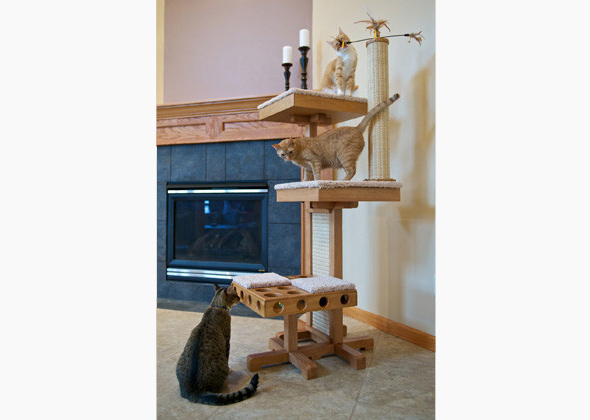11 Rare Dog Breeds You’ve Never Heard Of, But Will Soon
Published on August 18, 2015
Skip To
Sleek sighthounds, two breeds
with hairless varieties and a fun-loving Dutch Retriever are among the rising stars of the American
Kennel Club’s Miscellaneous Class.
The dog breeds in this class are gaining popularity and could become fully recognized by the AKC once they reach the threshold number of registrations needed. We’ll introduce you to all 11 of the breeds in the gallery below. Get to know them now, so you can say you knew them when!
More From Vetstreet:
The dog breeds in this class are gaining popularity and could become fully recognized by the AKC once they reach the threshold number of registrations needed. We’ll introduce you to all 11 of the breeds in the gallery below. Get to know them now, so you can say you knew them when!
More From Vetstreet:
- Selecting the Right Puppy for You
- 5 Training Tips for New Puppy Owners
- Why Does My Dog Kick Grass After Pooping?
- Find Your Perfect Pet With Our Breed Finder Quiz
- 10 Dog Breeds That Tend to Love the Water
















